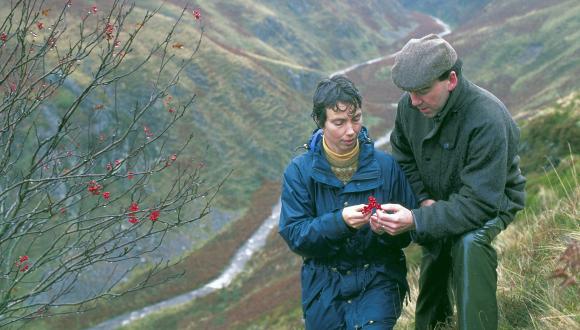Site condition monitoring
Our Site Condition Monitoring programme assesses the condition of natural features of special interest on designated sites in Scotland.
We monitor more than 5,000 individual natural features of special interest hosted on designated sites on a rolling basis through our programme.
A natural feature of special interest may be a:
- habitat – e.g. woodland, marine reef, freshwater loch
- species population – e.g. otter, dotterel, marsh fritillary butterfly
- geological formation – e.g. cave, fossil bed, volcanic exposure
The purpose of Site Condition Monitoring is to determine the condition of the natural features within each site. This is to work out whether a natural feature is likely to maintain itself in the medium to longer term under the current conditions. These include the management regime in place and wider environmental or other influences.
Monitoring guidance produced by the Joint Nature Conservation Committee helps to ensure consistency in how features are assessed across the UK.
NatureScot staff and specialist contractors carry out our monitoring work. Each individual feature’s condition is then assigned to one of eight condition categories.
We also inspect sites for factors that may negatively or positively affect features. These pressures can reveal why a feature is in unfavourable condition.
Anyone can search for the results of our monitoring programme by designated site or view a map of feature condition across Scotland.
The results are used to inform progress against one of Scotland's National Indicators: Improve the condition of protected nature sites.






